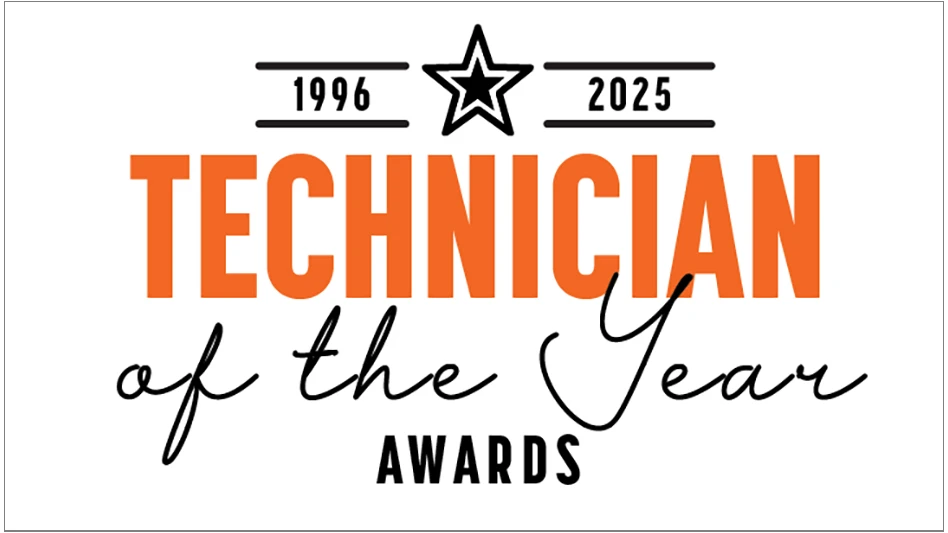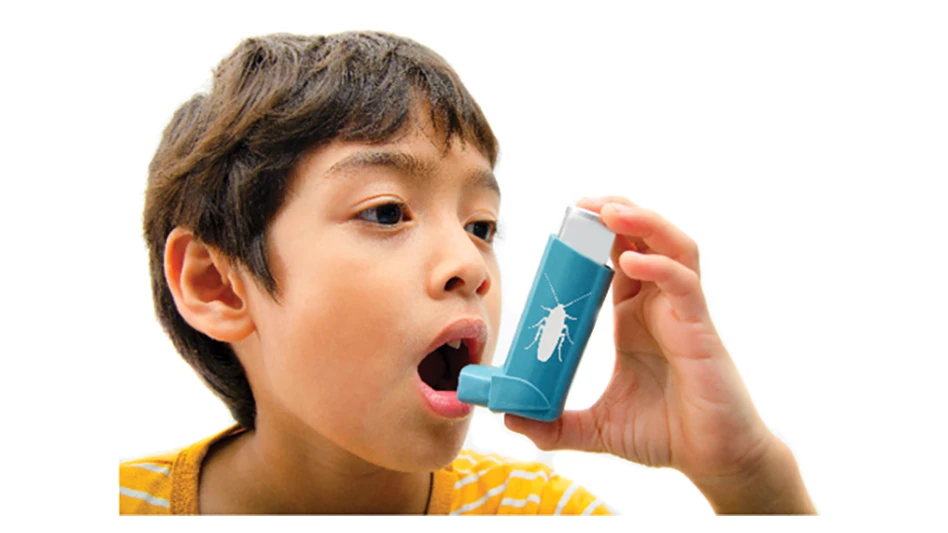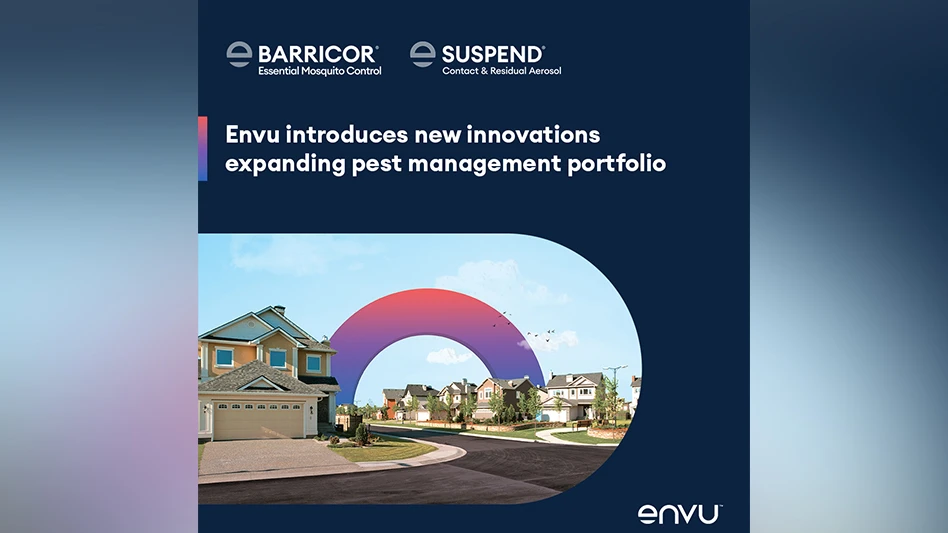
About 45 years ago I began working in the quality assurance, food safety and pest management functions of the food industry, about the same time the EPA started having an impact. Back then, some food plants that operated 24/7 were shut down one weekend a month for preventive maintenance and deep cleaning, followed by insect treatment consisting of crack-and-crevice insecticide, spot fumigation and dichlorvos (DDVP) space-treatment fogging. Some food plants, such as grain-processing facilities, were fumigated throughout. The 30-day life cycle from egg to adult of many stored product insects was the science behind this monthly deep-clean pest treatment schedule. (Note: DDVP has encountered various challenges yet remains available and effective. Other insecticides have not withstood similar challenges.)
Early in my career, the use of organophosphates, carbamates and pyrethroids insecticides were rotated. During the next couple of decades, less-toxic materials and techniques became available, and fumigants were on the decline. Non-chemical pest control primarily consisted of mechanical devices (rodent multiple-catch traps), electrical devices (insect light traps) and glueboards. During the last couple of decades, pest management in food plants has evolved into a more environmentally friendly approach.
CONTROL VS. MANAGEMENT. Pest control solves a pest problem after an occurrence, typically using pesticides for extermination. Pest management prevents pests from causing problems before any occurrence. Thus, pest management in food plants is being approached with very limited pesticide use.
Pest management or pest control; which is more important? Both are important and have their place. A food plant must not have any pests — alive, dead or fragments thereof. One of my favorite sayings is, “The presence of pests is a symptom something is not right with (fill in the blank).” Without effective pest management, pests will populate into a problem in need of control and removal.
Pest management today is normally defined as Integrated Pest Management (IPM). Food plant IPM consists of using multiple tactics simultaneously to keep pests below levels that may cause harm, damage, filth, contamination, disease or death. An industry visionary, Dr. Ted Granovsky, emphasizes these tactics should consist of inspection/identification of the pest; education for all involved; exclusion to keep pests out; administrative support to provide sufficient resources; pest trapping to monitor activity; sanitation to remove competing food/water sources; mechanical repair of equipment and structures; and physical modification to make environments unsuitable for pests. Other important program elements include a reliable service technician to deliver the right tactic at the right place and time; applying pesticides in a preventive manner; quality assurance to provide checks/balances for sustainability; and documentation describing the pest program to auditors, customers and regulators.
Although IPM can become complicated, pest management still requires a rather simple process of inspecting a food plant to identify a pest and understand its behavior, eliminating conditions conducive to its existence and delivering the right tactic(s) at the right place at the right time. Inspection is prevention.
EXCLUSION. One critical tactic is keeping the pest out of a food plant (exclusion). This means keeping doors shut to prevent pest entry while assuring security and safety. Automatic door closures, open-door alarms and double-door entries are exclusion methods. Incoming material inspection is also exclusion. One bag of infested material can ruin tons of good material. Inspecting inbound materials, before unloading, is an effective exclusion tactic.
Another of my favorite sayings is, “One fly is one fly too many.” How did the fly enter? Is it leaving? Is it attracted to the building? (Author’s note: See http://ow.ly/bhXP30ghLdm for more information on pest attraction and entry and exclusion.)
SANITATION. Another critical tactic is to keep a food plant clean (sanitation). This consists of the obvious such as removing food, water and shelter that pests (including microbes) need to survive. Utilizing a master cleaning schedule (MCS) consisting of predetermined frequency, cleaning methods, responsibility and evaluation is important to keeping a food plant clean. Poor sanitation hinders pest management, workplace safety, hygiene and microbiological practices. Sanitation also consists of the not so obvious such as drains and filters leading to “out of sight out of mind” conducive conditions. Proper trash and waste handling is very important to good sanitation. Good sanitation also consists of keeping a food plant dry. (Author’s note: Go to http://ow.ly/vGi430ghLa3 for information about a practical approach to cleaning a food plant.)
If exclusion and sanitation are effective, there will be fewer pests to control. Easier said than done, so how do you know exclusion and sanitation are working? Trapping is necessary to monitor pest activity. Sticky traps, insect light traps and electronic-monitoring systems provide 24/7 data. Historical data of pest catches help guide the strategic placement of devices, providing a fact-based pest management program. The old thinking of fixed pest devices should be replaced with a more versatile approach to pest device placement. One excellent trap is the combination device of multi-catch rodent, glueboard and pheromone, known as the “super monitor.”
One of the most important people in a pest management program is the service technician. Most food plants are not large enough to have their own technician and lack technical pest management resources. Thus, outsourcing has been a good trend for both the food and pest control industries. Although a pest management company’s marketing, technical and training resources will influence prospective clients, the service being delivered is most important.
The food plant manager should interview the pest control company’s technician before selecting a provider. A good pest management program is usually a direct result of the service technician’s performance. A service technician must use the senses of sight, smell, hearing and touch for inspection to identify pest-conducive areas. A technician should have IPM knowledge and experience in working in large, complex food plants, and be prepared to deliver the right tactic at the right place at the right time without a reliance on pesticides.
A technician should have IPM knowledge and experience in working in large, complex food plants, and be prepared to deliver the right tactic at the right place at the right time without a reliance on pesticides.
Documentation is very important today and must be completed in an instant manner to adequately present records. Electronic recordkeeping is becoming a way of life, enhancing the effectiveness and efficiency of the pest management program. Are the program records sufficient to defend oneself in front of an experienced auditor, best customer, FDA investigator or a judge in court?
CLOSING THOUGHTS. Although successful food plant pest management without pesticides is possible, it is not likely. The real world of open doors; inadequate air flow; inaccessible equipment; uncleanable food-contact surfaces; equipment leaks; poorly maintained drains, filters, and screens; lack of temperature and/or humidity controls; and cuts in cleaning time and maintenance personnel necessitate an ongoing need for pest control. Conditions conducive to pest activity can be found in many areas within a food plant. After all, a food plant is an entire planet to an insect.
There are many successful pest management programs that use pesticides only on a limited basis. Better food plants differ from the not-so-good due to good sanitary design; exclusion, sanitation and physical modification; and enforcement of Good Manufacturing Practices (GMPs), thus eliminating undesirable conditions that are conducive to pest activity.
Can food plant closures be blamed on the Food Safety Modernization Act (FSMA)? FSMA is a catalyst that might lead to closure of some poorly designed facilities or their transition into something nonfood. Chronic pest problems in food plants are a symptom something is not right with (fill in the blank).
How can pest problems be prevented? In a food plant, an excellent long-term pest prevention approach is good sanitary design, GMPs and IPM. Preventive pest management is being proactive with IPM. The not-so-well-designed facilities will continue to use pest extermination, operate at higher costs and likely face consequences.
Prevention is now receiving more attention than at any time in my career, with sanitary design, GMPs and IPM having a prevention impact that was intended years ago. A food plant prospect might contact you to review their sanitary design, GMP and IPM needs. Are you ready?
Author’s note: As stated earlier, I began working in the food industry about the same time EPA started having an impact. Compared with EPA, my voice was small but has been heard often, providing practical and sustainable quality assurance, food safety and pest management solutions to many companies.
The author is a quality assurance & food safety consultant with Quality Centered Consulting. He can be reached at 816/436-1627.

Explore the November 2017 Issue
Check out more from this issue and find your next story to read.
Latest from Pest Control Technology
- How to Get Rid of Odorous House Ants
- Massey Services Promotes Herndon to Director of Sales for Multi-Family Division
- NPMA Announces First Recipients of NPMA PRO Certified Credential
- Pestmaster of the Hudson Valley Acquires Catskill Animal Damage Control
- Photo Slideshow: Ant Identification Tips
- Video: Top 10 PCT Photo Contest Finalists
- UF/IFAS Study Reveals Boats as Perfect Vessels for Global Termite Spread
- Pest Control Consultants (Iowa) Earns Pinnacle Performance Award






